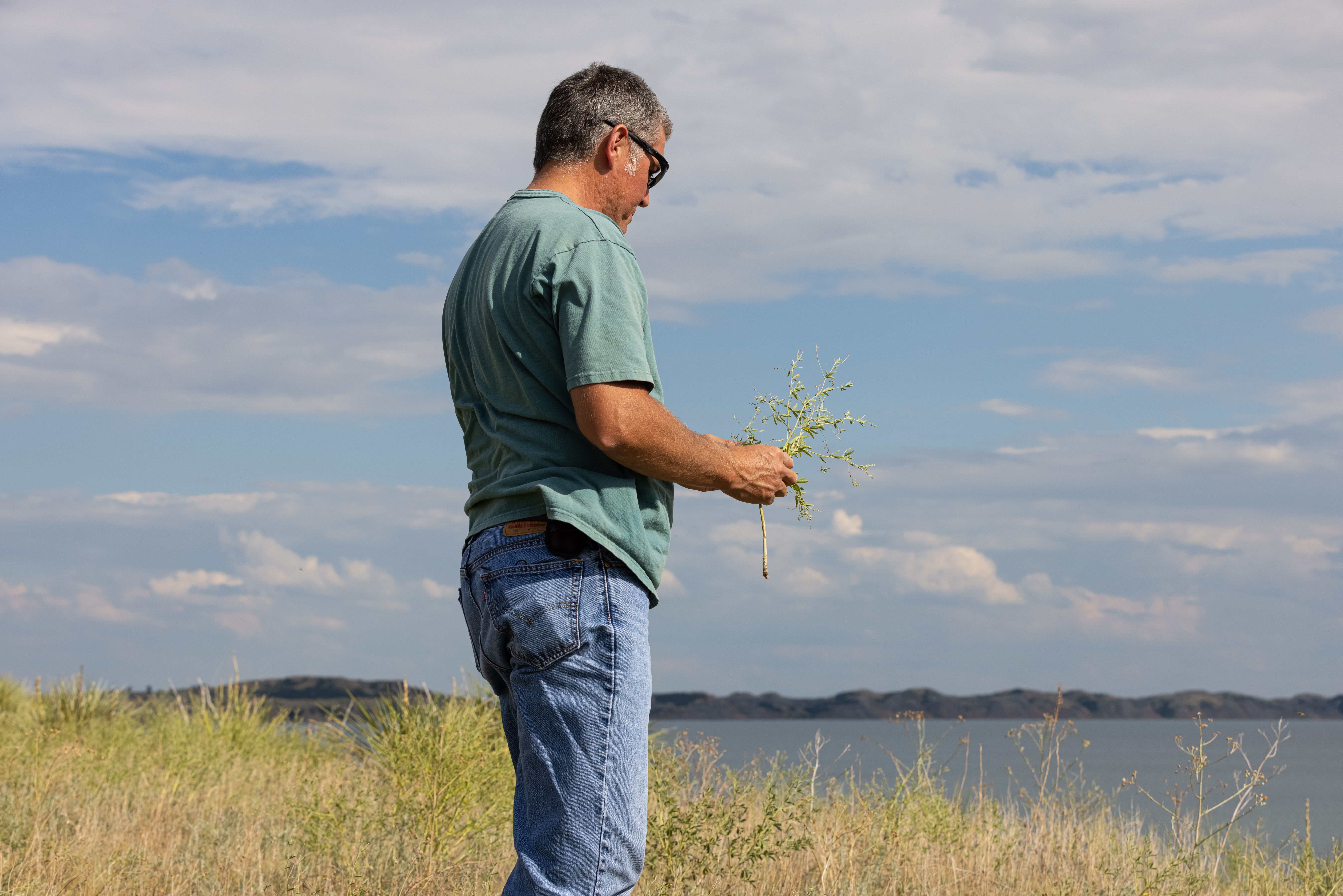
Margaret A. Cargill Philanthropies has been supporting the First Nations Development Institute’s tribal stewardship work in the Northern Great Plains since 2014. First Nations provides grants and technical assistance to organizations in Native communities that are growing or expanding programs that support sustainable economic opportunities and preserve native grassland in North Dakota, South Dakota, and Montana.
Shaun Grassel, Director of Programs, Stewarding Native Lands shared the following in a First Nations Development Institute video series, which you can view here. “My great uncle said that the Missouri river was our wildlife mother, that area along the river historically provided almost everything that we needed. He was a beaver trapper and hunter and they used to collect a lot of plants and berries, but when they were building the dams that was the beginning of the end of using the Missouri river in that traditional way.
When I think about stewardship of our lands, it’s doing what’s best for the land under the circumstances. I first became interested in black-footed ferrets and the possibility of reintroducing them here in the late ‘90s. Ferrets were thought to have knowledge of medicines that are underground, and so quite often ferret pelts are used in regalia, they’re used as medicine bundles, and they’re used to carry other sacred items.
One of the reasons why I’m really drawn to black-footed ferrets or populations that are declined is because I see those similarities of what happened to us as a people. I see those wildlife species like prairie dogs as an underdog. The federal government did the best they could to try to exterminate those species of wildlife. The buffalo was another example, they tried to wipe out buffalo and almost did. They almost did it with prairie dogs, almost did it with us.
Every time we see [a black-footed ferret], and especially when we catch one, it’s a sense of accomplishment, that we’re succeeding. Black-footed ferrets have a rightful place here and so we have a responsibility to bring those species back and take a more holistic or ecosystem approach to what we do. We’re all hopeful that someday the ferret will be recovered and removed from the endangered species list.
We’re part of that story, as Tribes develop and grow our wildlife programs, we’re bringing in the western science but also our traditional cultures and science. To me that’s very hopeful. What we’re doing here has national significance. Our view of conservation extends beyond our reservation borders.”
